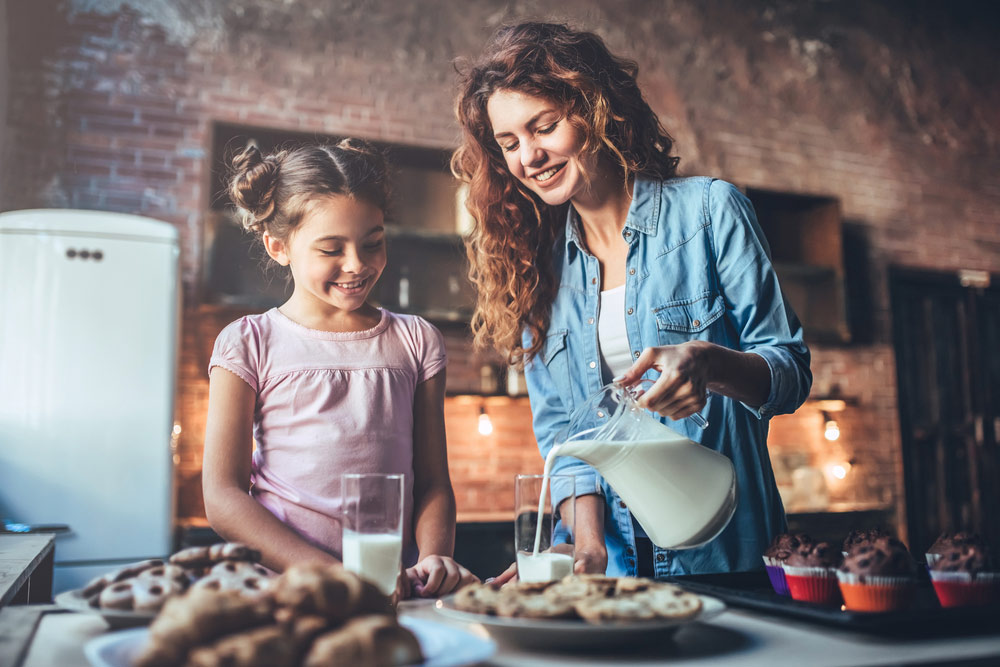The holidays are filled with family and friends, good laughs, and a whole lot of sugar! You may be noticing that your environment “down there” is a little different after so many festivities and feasts. With so many savory treats added to your diet, your vaginal balance could be out of whack. One common ailment women face is yeast infections, and the added sugar during the holidays can exacerbate this problem. Learn just what is happening to your bacterial balance and what you can do to keep celebrating without the adverse effects, like a yeast infection.
What is a Yeast Infection?
A yeast infection is a very common infection many women will experience in their lifetime. In fact, 3 out of 4 women will get a yeast infection at some point, or multiple times, during their life. This infection is a fungal infection from the yeast known as candida. While using the word infection concerning genitalia may sound scary, this is not a sexually transmitted disease or infection.
The vagina naturally contains a mix of living cultures, yeast, and bacteria included. A yeast infection occurs when the balance of these cultures is disrupted. Yeast can become the dominant strain, and an overgrowth can occur. The fungal type is usually candida albicans, but this is not the only strain of yeast. Other types of yeast may be more difficult to treat.
What Are the Symptoms of a Yeast Infection?
Yeast infections of a range of symptoms and the severity can be from barely noticeable to moderate. Symptoms include:
- Redness and swelling of the vulva
- A vaginal rash
- Irritation and itching in and around the vagina
- A burning feeling made worse by urination or intercourse
- Discharge that is thick and white with a cottage cheese appearance
- Watery discharge
How to Prevent Holiday Yeast Infections
Yeast loves to feed off the sugar you are eating, and during holidays it can come in higher amounts. From pies to sugary alcoholic drinks, you are ingesting the perfect foods to let yeast infections take hold.
- Avoid sugar: This is easier said than done this time of year. Pay attention to what you are eating and try and make choices that will limit the amount of sugar you are intaking. Yeast feeds on sugar, so by eating it, you are feeding an infection. Avoiding sugar will have other benefits too, like no packing on the holiday pounds.
- Season with garlic: Garlic is a plant with strong antifungal properties. Allicin is formed when the plant is damaged or, in consumption terms, crushed. Garlic can reduce the yeast’s ability to attach to cells. Choose fresh garlic to season your dishes, and you not only will have something delicious but a meal that has health benefits as well.
- Stay away from fermented yeast products: Two main types of fermented foods that may make yeast thrive are alcohol fermentation and lacto-fermentation. While fermented foods do contain good bacterias that can stunt the growth of bad bacteria, fermented foods contain prebiotics. Prebiotics that are meant to feed the beneficial bacteria can be like adding fuel to the fire and cause an overgrowth of yeast.
By following these dietary tips, you can help keep your vaginal flora in good balance during the holidays and even get a head start on your new year’s resolutions! If you are having any health concerns or think you currently have a yeast infection, we can help. Please give us a call to schedule an appointment at our Brentwood, Tennesse office. Dr. Jeffrey Lodge can identify a yeast infection in-office and prescribe you any needed medications.

